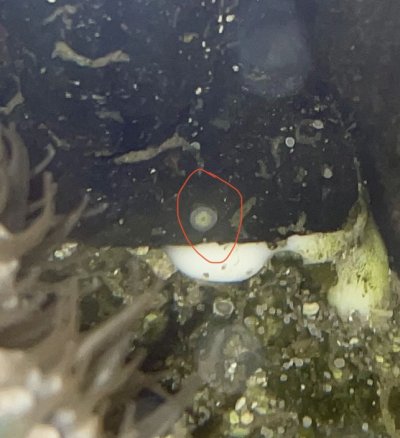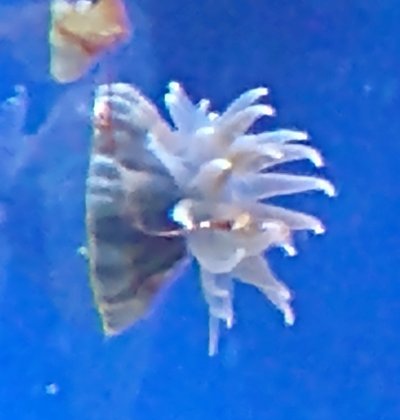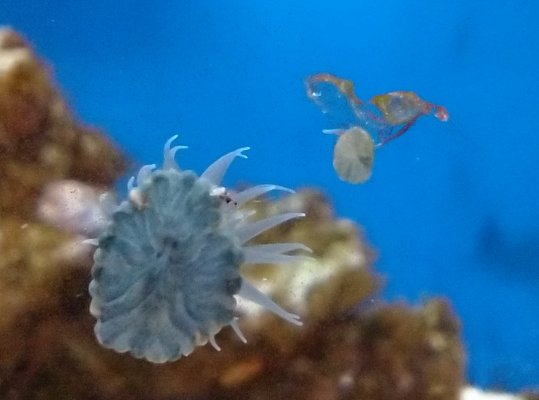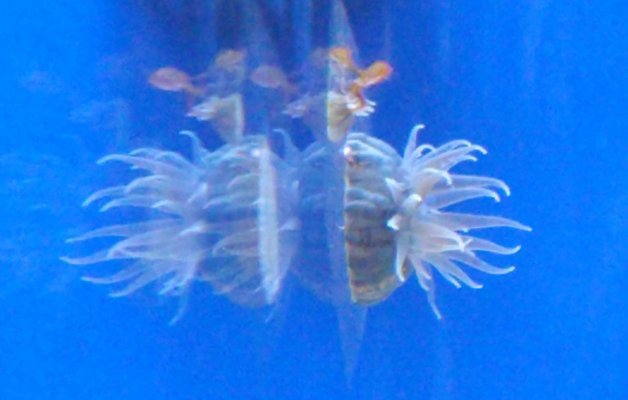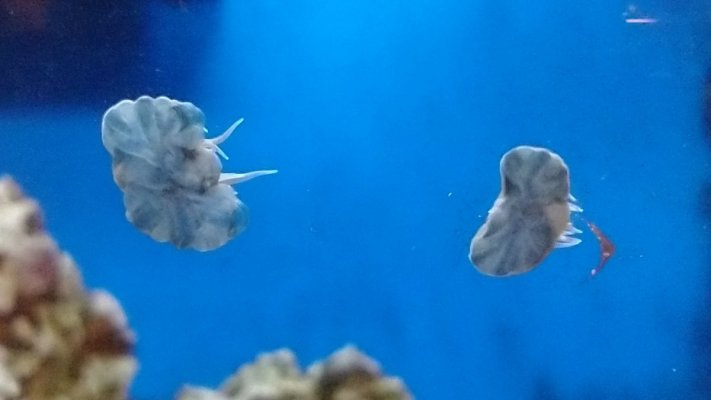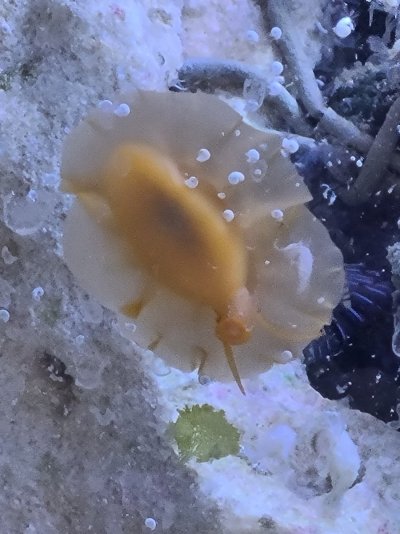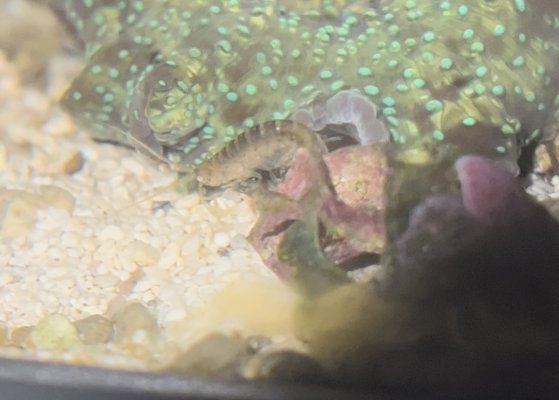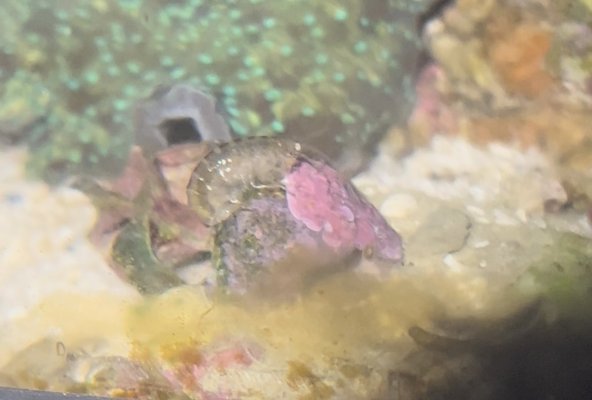Crabs McJones
I'm so shi-nay
View Badges

Excellence Award
Reef Tank 365
Article Contributor
Moderator Emeritus
Hospitality Award
Reef Tank 365 Boss
Wisco Reefers
My Tank Thread
Colonial hydroids I'm pretty sure.I found these strange inverts on my rockwork, it’s not like they’re NPS as they seem to really try stretch up to the light, any ideas? I thought either young Yellow Star Polyps or possibly a Tunicate (The only coral that was near them was a few months ago, these appeared a while after I moved the GSP though, also look too dull to be GSP).





























